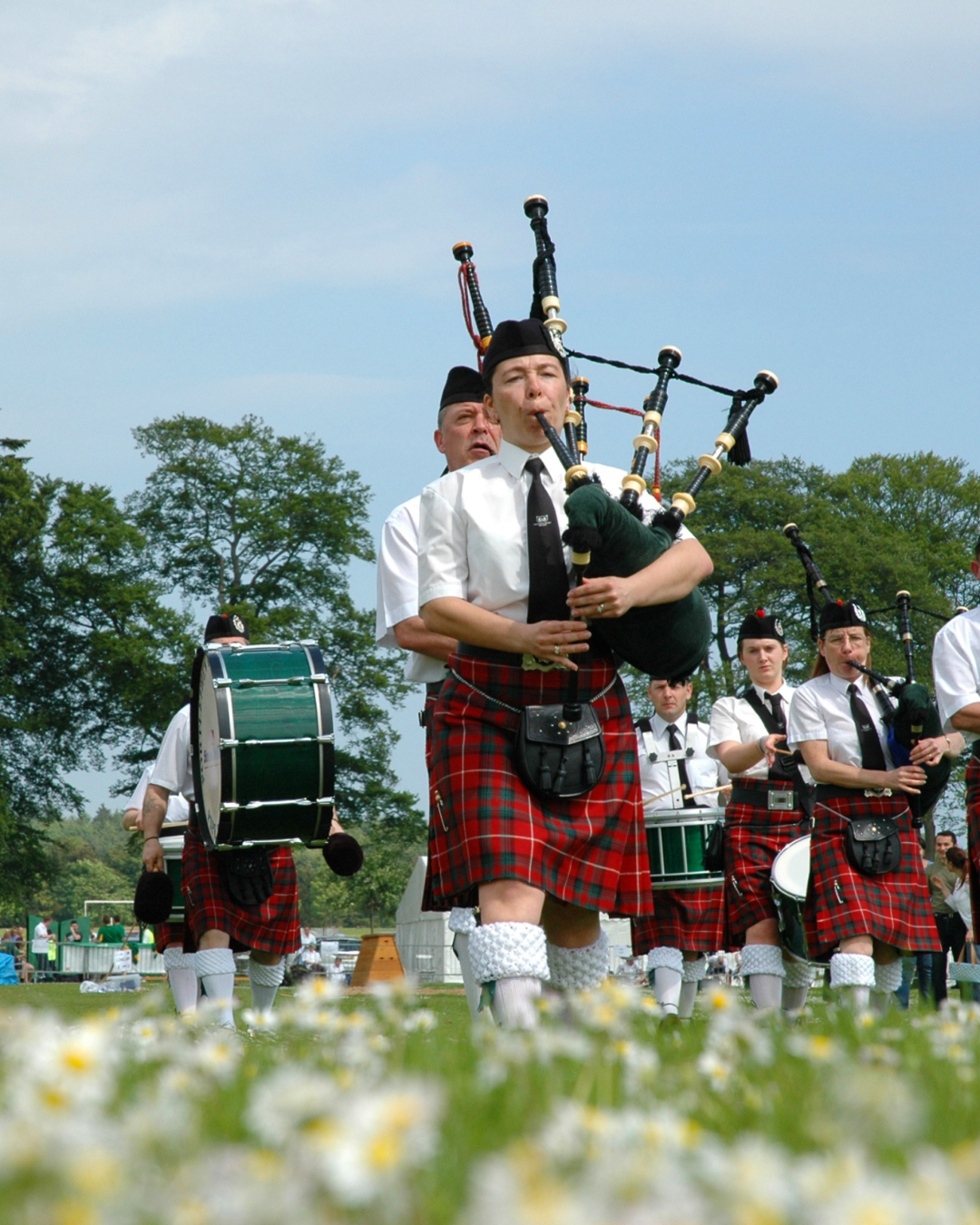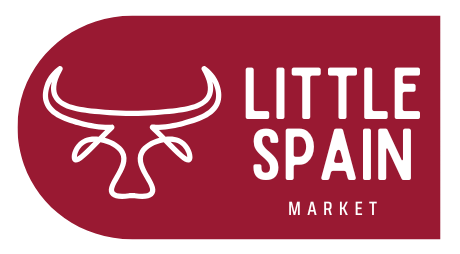
Traditional Galician Music and Dance: The Gaita and the Muiñeira
Share
Galicia, a region in northwestern Spain, boasts a rich musical heritage deeply connected to its Celtic roots. Among its most iconic cultural expressions are the gaita (Galician bagpipe) and the muiñeira, a lively traditional dance.
In this blog, we explore the history, significance, and modern influence of these two essential elements of Galician folklore.
The Gaita: The Soul of Galician Music
The gaita is the most representative instrument of Galicia. Similar to bagpipes found in Scotland and Ireland, it is played in various folk celebrations, religious festivals, and traditional gatherings.
1. Origins and Evolution
-
The gaita has been present in Galicia for centuries, with historical records dating back to the Middle Ages.
-
It was traditionally played by itinerant musicians, known as gaiteiros, at festivals and ceremonies.
-
Over time, the instrument evolved in construction, sound, and musical repertoire.
2. Structure and Sound
-
The gaita consists of a chanter (puntero), drones (roncones), a bag (fol), and a blowpipe (soplete).
-
Unlike other European bagpipes, the Galician gaita has a distinct, penetrating and melodic sound.
3. Celebrations and Festivals Featuring the Gaita
-
Festival Internacional do Mundo Celta (Ortigueira) – One of the largest Celtic music festivals in Europe.
-
Día da Gaita Galega – A special day dedicated to celebrating Galician bagpipes.
-
Xunta de Gaiteiros – Gatherings of pipers performing traditional and modern compositions.
The Muiñeira: The Dance of Galicia
The muiñeira is Galicia’s most recognized traditional dance, known for its fast-paced rhythm and energetic movements.
1. Meaning and Origins
-
The name "muiñeira" comes from the word "muíño" (mill), as it was originally associated with festivities near water mills.
-
It is deeply influenced by Celtic music and rural traditions.
2. Characteristics of the Dance
-
Danced in groups, with men and women forming circles or lines.
-
Movements include high jumps, foot stomping, and graceful arm gestures.
-
The rhythm is marked in 6/8 time, giving it a distinctively bouncy and lively feel.
3. Traditional Costumes
-
Women wear embroidered blouses, long skirts, aprons, and mantillas.
-
Men wear vests, white shirts, baggy trousers, and wide-brimmed hats.
The Gaita and Muiñeira in Modern Galicia
Despite modernization, the gaita and muiñeira remain deeply ingrained in Galician identity. Today:
-
Contemporary artists blend traditional gaita sounds with modern genres, including rock and electronic music.
-
Dance schools and cultural associations continue to teach the muiñeira, preserving its legacy.
-
Galician musicians such as Carlos Núñez have gained international recognition for their work in Celtic fusion music.
